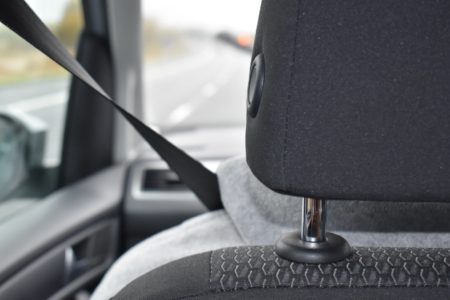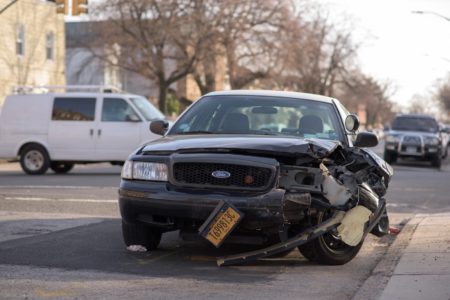Learn to Drive | Drowsy Driving Common for Young Drivers
Teenagers are not fully experienced in how to drive a car. They have yet to encounter a drowsy driving situation so they are not able to recognize the signs and symptoms. They are also inexperienced in anticipating a potential drowsy driving situation.
According to a AAA Foundation survey 41 % of drivers admitted to falling asleep behind the wheel. Drowsy Driving Prevention Week was November 8-14 (2010). The campaign was to educate drivers on the danger of drowsy driving. It is especially focused on young drivers just learning to drive a car. Fatigued driving is very common among young people. Teens require the most sleep and often drive at night. Experts recommend teens get 8.5-9.5 hours of sleep a night and adults get 7-9 hours.
Teens don’t make sleep a priority. Consequently they don’t get enough. Dr. Michael Weissberg, of the Sleep Clinic at Boulder Community Hospital, says that generally people “tolerate a huge degree of sleepiness.”
Being sleep deprived translates into drowsy driving. Drowsy driving is a major cause of vehicle accidents . Teens learning how to drive a car are the most at risk. The National Highway Traffic Safety Administration (NHTSA) estimates that 100,000 crashes each year are caused by drowsy driving. These crashes result in 1,550 deaths and over 70,000 injuries.
Experts believe drowsy driving is often not reported and estimates are too low. Peter Kissinger, president and CEO of the AAA Foundation for Traffic Safety, says, “That’s one of the reasons we took this on. We have long suspected the true magnitude and scope of drowsy driving have been underreported.”

Drowsiness affects driving skills in a number of ways.
- Impaired judgment
- Reduced alertness to signs, road conditions and other vehicles
- Slowed reaction time
- Aggressive driving
- Impaired vision
- “Microsleeps” (sleep episodes that last for less than a second)
Similar to alcohol, sleep loss impairs hand-eye coordination, decreases inhibition, and makes drivers less aware of their surroundings. Just like the first time a person is exposed to excess alcohol, teens learning to drive a car will encounter the first time they are exposed to drowsy driving. And just like alcohol the exposure could result in a deadly crash. Teens need to anticipate potential drowsy driving situations so they can avoid them. They also need to identify drowsy driving symptoms so they can take immediate corrective action before a crash occurs.
Characteristics of Drowsy Driving Car Crashes:
Drowsy driving crashes often occur between the hours of 12-6 a.m. This is the time most people’s bodies have the greatest need for sleep. Often crashes involve a vehicle drifting off the road. There is often no evidence of a driver braking or performing evasive maneuvers.
Warning Signs of Drowsy Driving:
People most susceptible to drowsy driving frequently drive long distances, alone and work long hours or evening shifts. If you notice you are having difficulty focusing, or having trouble keeping your eyes open or your head up, you should immediately do one of the following:
- Have a passenger do the driving
- Find a place where you can safely pull off the road and nap for 15-20 minutes (sleeping more than 20 minutes may cause increased grogginess)
Preventing Drowsy Driving Crashes:
Rumble strips cause noise and vibration when a car veers off the edge of the road. They alert fatigued drivers. Automakers are also designing more high-tech electronic systems that signal drivers they may be too sleepy to drive. Mercedes Benz is putting computers in some of its cars to monitor driver behavior. It monitors 70 symptoms of drowsy driving including minor steering errors that are abruptly corrected and how frequently a vehicle crosses in and out of lanes. If the computer senses the driver may be drowsy it will sound an alarm.
Awareness campaigns to teens learning how to drive a car combined with other preventive measures can decrease the amount of drowsy driving crashes and fatalities.




